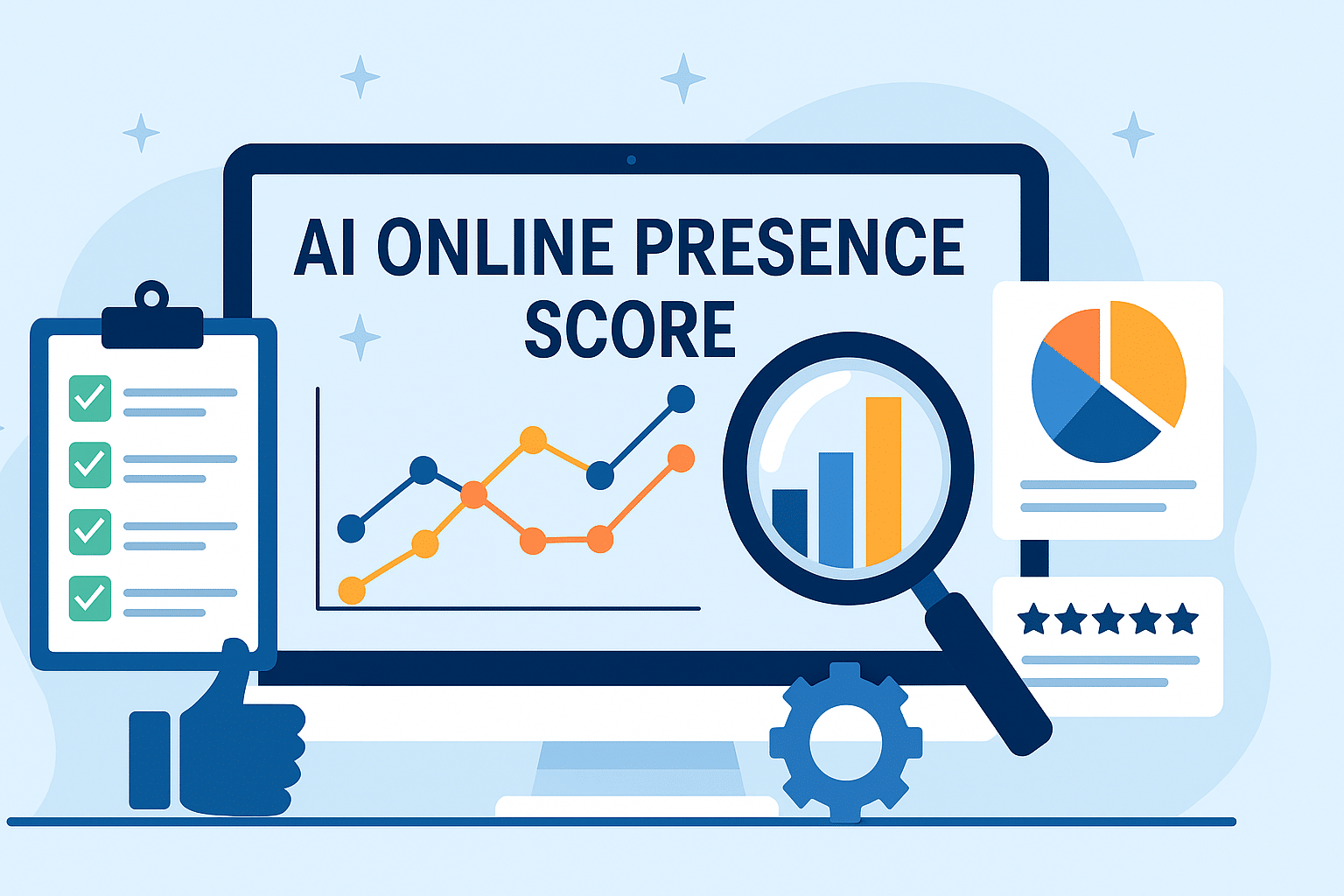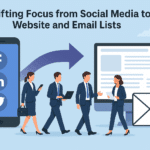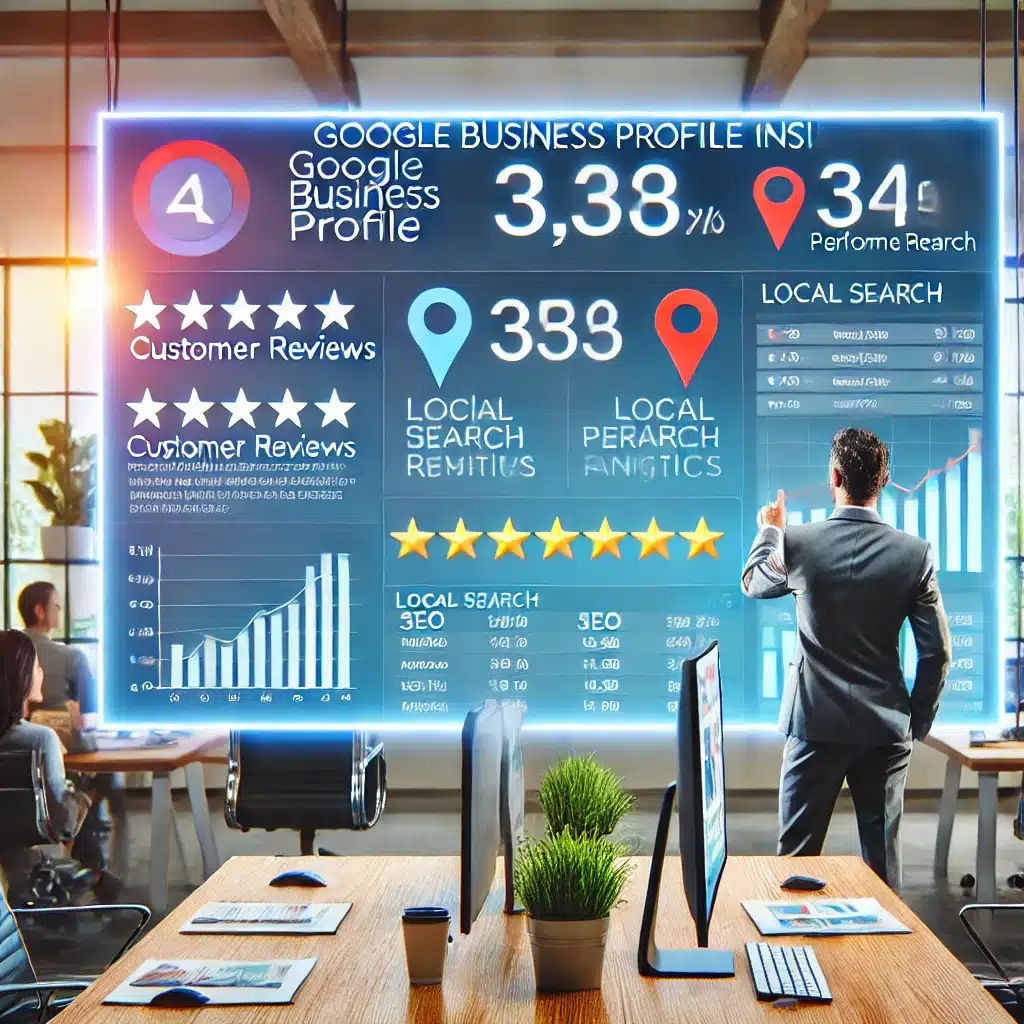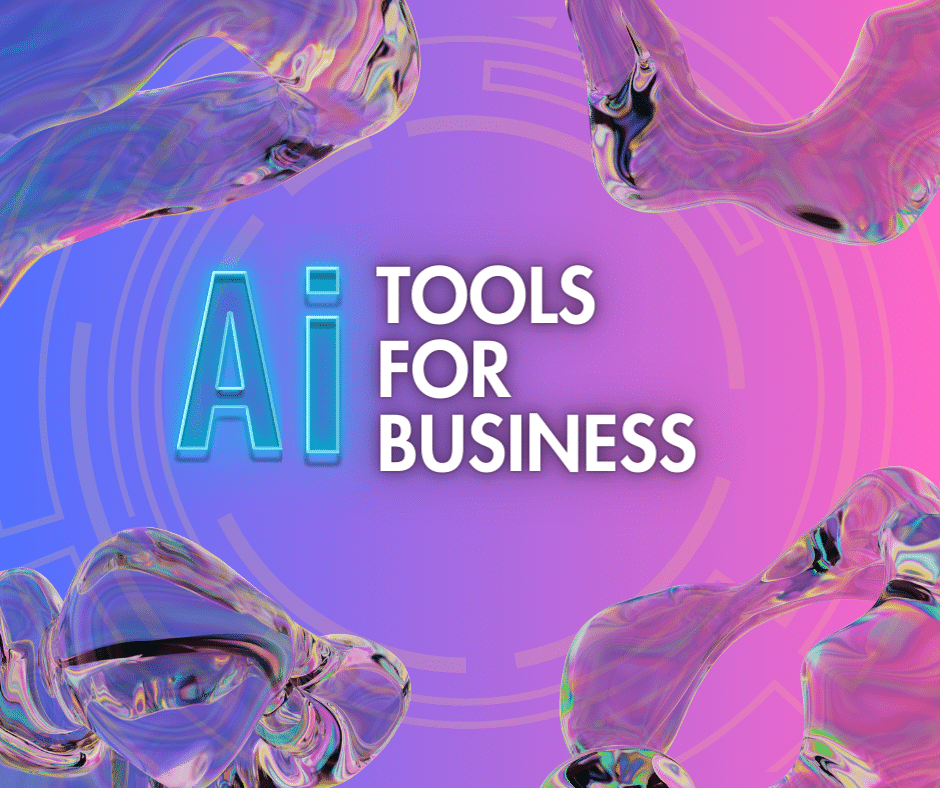Why Your AI Online Presence Matters Now More Than Ever
Artificial intelligence is changing how people discover, evaluate, and trust businesses. From ChatGPT responses to Google’s Search Generative Experience (SGE) and even voice assistants, AI now plays a central role in deciding which businesses show up first—and which are never mentioned.
If you own or operate a small or medium-sized business (SMB), your online presence is no longer just about SEO. It’s about being structured, discoverable, trustworthy, and aligned with how AI systems index and understand businesses.
This guide walks you step-by-step through assessing your AI Online Presence Score, identifying strengths and weaknesses, and improving every layer of your digital footprint.
What Is an AI Online Presence Score?
The AI Online Presence Score is a conceptual rating (1 to 10) that reflects how well your brand appears, performs, and ranks within AI-powered search, recommendation, and discovery systems.
Key Components of the Score:
| Category | Weight | Description |
|---|---|---|
| Website Structure & Speed | 15% | Is your website fast, secure, and mobile-friendly? |
| Local SEO & Schema | 15% | Do you use structured data and consistent location info? |
| Brand Mentions & Backlinks | 20% | How often are you mentioned across the web? |
| Social Media Authority | 10% | Are you consistent, engaging, and visible? |
| Content Freshness & Depth | 15% | Do you regularly publish valuable content? |
| AI-Friendly Markup | 10% | Do you use schema, FAQs, and HTML5 elements properly? |
| Google Reviews & CTR Signals | 15% | Are people clicking on and engaging with your listings? |
Step 1: Website Structure & Speed Audit
✅ What to Look For:
- Mobile responsiveness
- Load time under 3 seconds
- Clear navigation structure
- HTTPS security
- Use of clean HTML, H1-H4 tags, and internal links
⚙ Tools:
- Google PageSpeed Insights
- GTmetrix or WebPageTest
- Screaming Frog SEO Spider
🔄 Improvements:
- Compress large images
- Eliminate render-blocking scripts
- Use caching and CDN
- Ensure your theme or CMS is clean and updated
Step 2: Local SEO & Schema Markup
✅ What to Look For:
- Name, Address, Phone (NAP) consistency
- Google Business Profile fully built out
- Pages for each service and location
- Proper use of LocalBusiness schema
⚙ Tools:
- Google Business Profile Manager
- Schema Markup Validator
- BrightLocal audit tool
🔄 Improvements:
- Add schema.org markup for all core pages
- Use FAQPage, Product, and Review schema where applicable
- Embed a Google Map and link NAP to citations
Step 3: Brand Mentions & Backlink Authority
✅ What to Look For:
- Are you linked on industry directories, chamber sites, or local blogs?
- Are your brand name and website URL mentioned in articles?
- How many .edu/.gov links do you have?
⚙ Tools:
- Ahrefs
- Semrush
- Google Search: “Your Business Name”
🔄 Improvements:
- Guest post on niche blogs
- Submit to quality directories (not spammy ones)
- Sponsor events or non-profits for backlinks
- Issue local press releases
Step 4: Social Media Authority
✅ What to Look For:
- Brand consistency across platforms (logo, colors, tone)
- Posting frequency and engagement
- Local content (tagging, hashtags, community ties)
⚙ Tools:
- Social media platforms themselves (Facebook, LinkedIn, Instagram)
- Buffer or Hootsuite for scheduling
🔄 Improvements:
- Publish weekly at minimum
- Use video, stories, and user-generated content
- Tag local partners or collaborators
Step 5: Content Freshness & Authority
✅ What to Look For:
- Do you have a blog? Is it active?
- Are there how-to guides, lists, comparisons, or case studies?
- Are you covering your niche thoroughly?
⚙ Tools:
- Ubersuggest or Answer the Public
- Google Search Console (Pages & Keywords tab)
🔄 Improvements:
- Publish monthly (or more) content targeting keywords
- Create topic clusters (main + supporting posts)
- Repurpose content into infographics, videos, emails
Step 6: AI-Friendly Formatting
✅ What to Look For:
- Are you using HTML5 semantics (article, section, header)?
- Are your FAQs marked with or schema?
- Do you use bullet points, tables, and headings?
⚙ Tools:
- SurferSEO or Clearscope
- Semrush Site Audit
🔄 Improvements:
- Convert paragraphs into bullet lists
- Add a “Quick Answers” section at the top of key pages
- Mark all FAQs with schema
Step 7: Reviews, Clicks & User Signals
✅ What to Look For:
- Google Reviews (score and volume)
- Are you in local packs or map listings?
- Do your meta titles & descriptions drive clicks?
⚙ Tools:
- Google Search Console
- Google Business Profile Insights
- Reviews.io or Trustindex.io
🔄 Improvements:
- Ask for Google reviews after every project
- Respond to reviews to build authority
- Rewrite underperforming meta titles to include calls-to-action
Final Score Estimation
Assign yourself a score (1–10) for each category. Add them up and divide by 7 to get your AI Online Presence Score.
| Category | Your Score |
| Website Speed & UX | |
| Local SEO & Schema | |
| Brand Mentions & Backlinks | |
| Social Media Authority | |
| Content Freshness | |
| AI-Ready Formatting | |
| Reviews & Engagement | |
| Average Score |
Bonus: How AI Systems Actually “See” You
AI systems like ChatGPT, Bing AI, and Google’s SGE pull data from:
- Structured data on your site
- Google Business profiles
- Linked articles and mentions
- High-quality, consistent information across platforms
They prioritize structured, relevant, trustworthy, and fresh content.
To Be Visible in AI Results:
- Think like a search engine AND a user
- Structure your content like a Wikipedia page
- Keep your tone trustworthy and informative
- Use schema, headers, and summaries liberally
Wrap-Up: Why This Matters for SMBs
You don’t need to compete with national brands—you need to be the best-structured, most locally trusted brand in your space.
AI is leveling the playing field. By following this guide, small and medium-sized businesses can not only survive—but thrive—in the age of AI search and discovery.
Ready to take it further? Reach out to your digital partner or agency and ask them to walk you through this checklist for your business.





